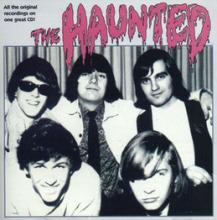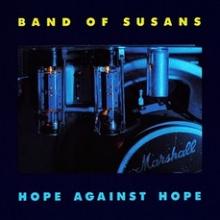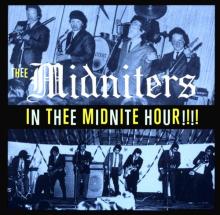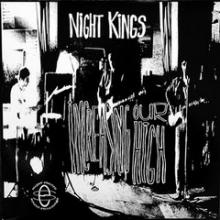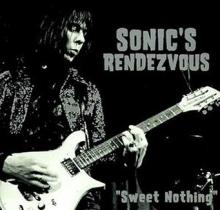The Haunted Blow My Little Mind To Bits
What’s surprising about the Haunted, though, is the fact that the band was able to toss off a pretty wide swath of rock stances. It’s not all garage styled rockers like the troupe’s best known song “1-2-5.” There’re actually two versions of the song kicking around – both included on The Haunted – one with the band’s original singer and the admittedly more professional latter edition with some other guy on the mic. There’s nothing smooth about either version, but the original rendition is perhaps a bit more engaging thanks simply to the fact that the singer appears to be as displeased with being forced to sing into a mic as kids are pissed about detention. The uncaring attitude aside, “1-2-5” is a pretty traditional garage track.
Either way, a few weird surprises crop up. And while a wealth of sixites’ rock acts attempted to switch up their song’s tenor, “I'm Just Gonna Blow My Little Mind To Bits” sounds like Serge Gainsbourgh being born in Detroit and fronting a Motown studio band after taking a few singing lessons. Despite the song’s title, one that was surely a bit problematic back during the mid-sixties, it’s just another love song as opposed to being a paean to drug culture. If it were the latter, there’s a distinct possibility someone would actually remember the group and the song. But that just wasn’t to be. The guitar solo’s still pretty boss even with that one flubbed note.
Regardless of topicality, songs like this wallow in anonymity, only drudged through every once in a while for rock aficionados to feel enlightened. Some covers fill out the disc’s run time: “Mona,” “Twist,” Shake,” none of them all that notable apart from being cultural detritus then relevant to rock bands. That’s still a pretty variegated play list in there, probably allowing the Haunted to play a few more dances then they would have scored otherwise. As a recording, you could do worse, but better as well.
